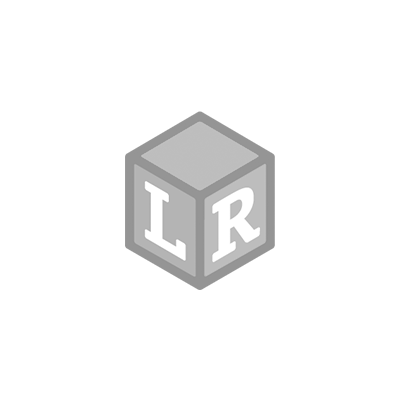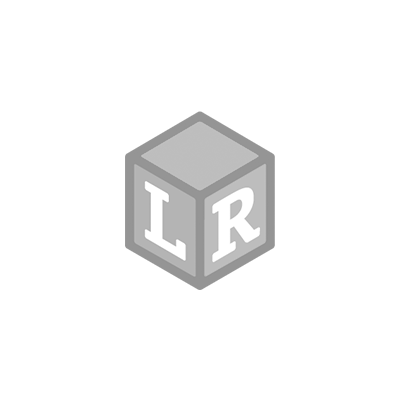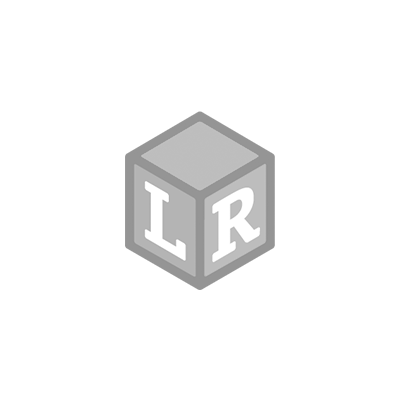
Toys for Talking - At Home with Spike the Fine Motor Hedgehog!
- Patria Lincoln Posted On Mar 18, 2020 | STEM
Learning Resource's Spike the Fine Motor Hedgehog isn't just adorable, it's another great toy for facilitating both fine motor and speech and language development. With this toy, children are encouraged to build counting, sorting and color identification skills. Another plus...this simple toy is quick to pick up, as the quills can be stowed away within the hedgehog's body and it can be easily wiped clean.  @my_sensorium
@my_sensorium
What does Spike the Fine Motor Hedgehog include?
- 2 piece hedgehog
- 12 peg shaped quills
How do you use Spike the Fine Motor Hedgehog?
Spike the Fine Motor Hedgehog has lost his quills! Children can take turns putting the hedgehog's peg shaped quills into his back and then pulling them right back out. In addition to all of the speech and language skills listed below, this toy can help children build:- Fine motor skills
- Counting skills: Have your child practice counting each quills or placing them in numerical order. There are numbers on each quill!
- Sorting skills: Practice sorting the quills by color or make it even more complex by having your child sort them into warm vs. cool color categories
Where can I find Spike the Fine Motor Hedgehog?
You can find it on Amazon HERE.How can you use Spike the Fine Motor Hedgehog to encourage speech and language development?
For receptive language development:
- Following directions: Build your child's ability to follow directions by telling them which quill to put in or take out (Examples: "put the red quill in!" or "take the purple quill out!").
- Understanding spatial concepts (in/on/off/out): Work on these early developing spatial concepts by having your child take the quills out of the hedgehog, put the quills on the hedgehogs back and in the hedgehog's body. You could have even more fun by pretending the hedgehog lost all of his quills and hide them around the house! Have your child look for the quills and talk about where they found them (Examples: under the couch, in the sink, behind the bookshelf).
- Understanding quantitative concepts (all/none, more/less, most/least, one/all): Count the quills with your child and take turns placing the quills in the hedgehog's back with your child. Talk about whether you or the hedgehog have most of the quills (or who has the least amount of quills.)
 @my_sensorium
@my_sensoriumFor expressive language development:
- Labeling colors: This hedgehog's colorful quills are a perfect way to help your child learn their colors! Label each color while your child is playing with the different colored quills. Bring in other toys that are the same colors as the quills and sort them so your child can generalize the color names to other items! (*Side note-Children begin to recognize colors at around 18 months and continue to develop this skill through 2 years of age. By three years of age, your child should be able to label at least one color).
- Requesting: Hold the quills so that your child must request in order to get one. Whether they have a little bit of language or a lot of language, you can work on requesting in the following ways:
- If your child's not yet talking: Ask your child "who want's it?" and have your child gesture place their hand on their chest to gesture for "Me!" If they don't gesture independently, take their hand to help them perform the gesture and say "me." Children learn best through our models!
- If your child only has a little bit of language: Encourage your child to use one word to request. Have them use words like "me," "more" or even "quill" to ask you for each quill.
- If your child has some phrases: Support your child's use of phrases to request by working on "I want" phrases. First, model these phrases for your child by asking your child for the quills by saying, "I want quill" or "I want red." Then encourage your child to do the same!
- If your child is perfecting their language: Work on grammatically correct questions with your child. Have your child ask for each quill by saying, "can I have a quill?" or "may I have the red quill?"
For play development:
- Functional use of objects: Your child can practice demonstrating the functional use of objects, by putting the quills in and then taking them out.
- Pretend play: Inspire your child to be creative in their play. Pretend that the hedgehog has lost all of his quills in a forest. Imagine that the hedgehog has found his way to a farm and needs the farm animals to help him get them back. Don't be afraid to get silly!
For social language development:
- Turn taking: Take turns putting the quills in Spike the Fine Motor Hedgehog with your child. Pause before it's your turn, and see if your child will tell you that it's your turn to put a quill in!
- Joint attention: Build joint attention while holding up the quills, putting the quills in or taking them out. See if your child will look at you, look at the quill, and then back at you. This joint attention, or shared interest, is an important early milestone of language development.
- Asking questions: Model appropriate questioning during play by asking your child questions like, "What color do you like?" or "Where do you think we should look for the quills?" Encourage them to ask you questions back!
 Shop UK Site
Shop UK Site 





 While development isn’t always linear, we often see a general progression as outlined and the underlying skills are very important in achieving these skills.
While development isn’t always linear, we often see a general progression as outlined and the underlying skills are very important in achieving these skills.
 Trace Ace Scissors has been a great addition to my therapy toolbox. With my little preschool students, we had fun learning to use a stencil. Mini crayons help reinforce proper pencil grasp as they color, stencils help incorporate the use of the two hands together, and we used cardstock paper so that it would provide more resistance and help stabilize the paper as they cut with the spring loaded scissors
Trace Ace Scissors has been a great addition to my therapy toolbox. With my little preschool students, we had fun learning to use a stencil. Mini crayons help reinforce proper pencil grasp as they color, stencils help incorporate the use of the two hands together, and we used cardstock paper so that it would provide more resistance and help stabilize the paper as they cut with the spring loaded scissors







